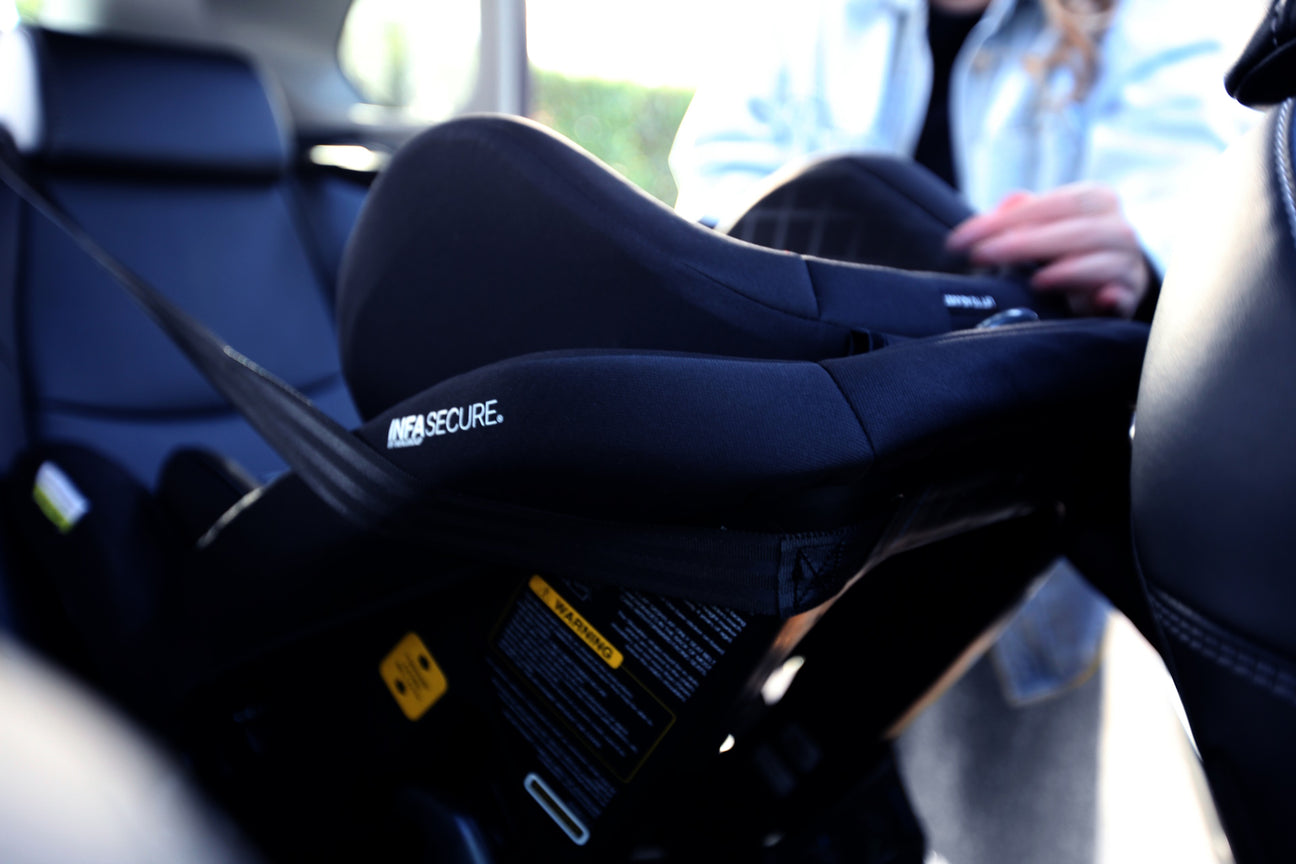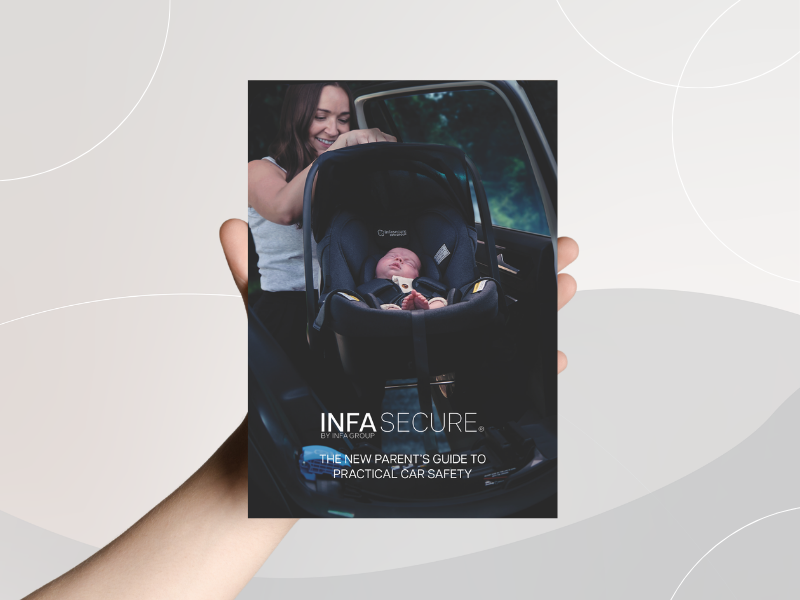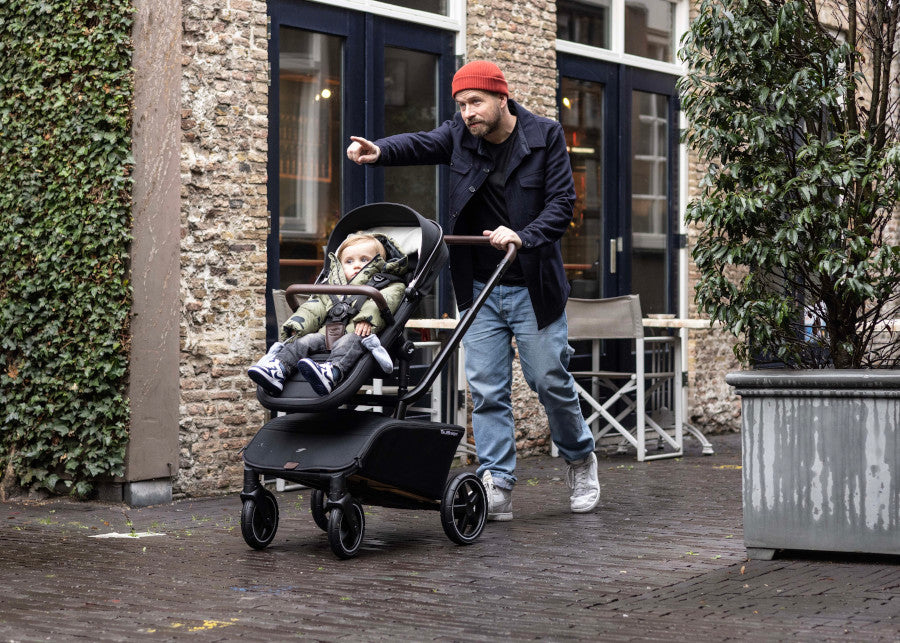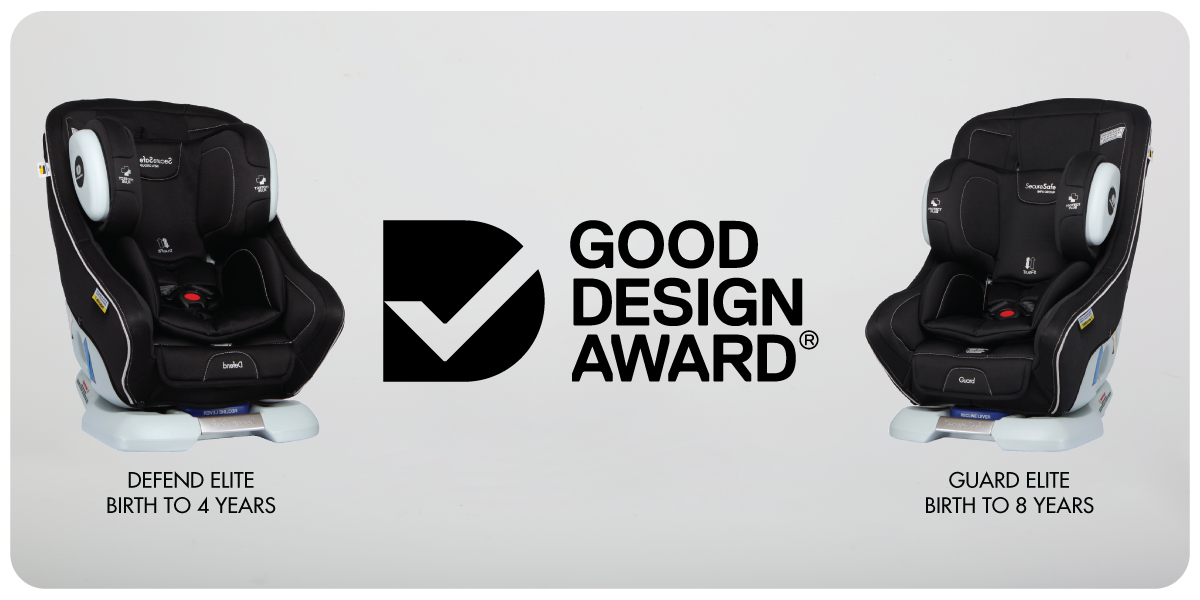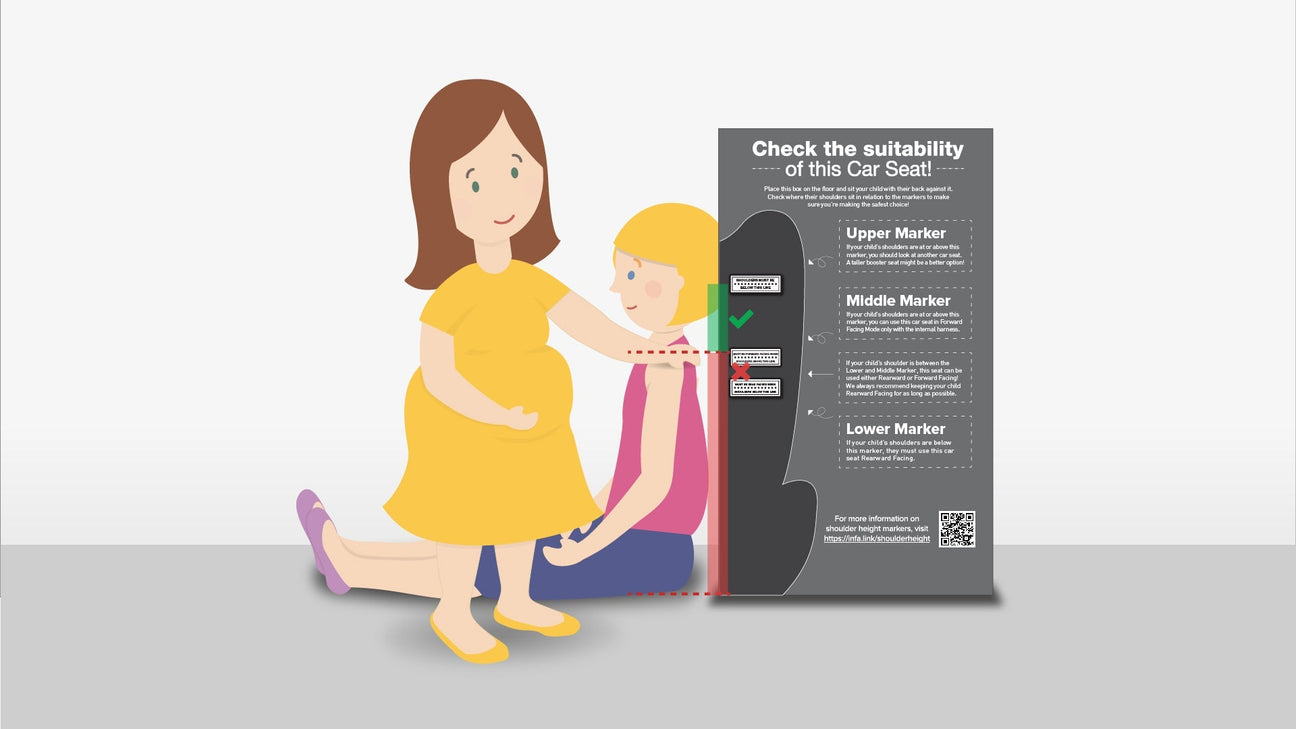As the temperatures drop, it’s normal to wrap your child up in their winter clothes – gloves, hats and warm jackets. However, you need to take a little care when you’re transporting your child in the car.
Young infants (birth to 12 months old) lack strong bone structure, and also have not yet developed defined, strong shoulders. It is therefore critical that nothing interferes with the shoulder strap location or positioning correctly on or at the infant’s shoulders.
Large jackets, jumpers and other winter clothing can add a large amount of bulk to an infant, creating a ‘buffer’ between the child and the harness straps. In the event of an accident, the clothing materials can compress, creating slack in the harness straps. When this is coupled with the infant’s flexible, not yet fully-developed shoulders, it can affect the performance of the restraint, and in severe cases could potentially lead to ejection of the child from the restraint.

Big winter coats - good for piglet rides, not good for car trips!
Some people suggest wrapping or swaddling an infant before putting them into a child restraint. We strongly recommend against this, and the 2013 version of the Australian Standard requires all child restraint manufacturers to include warnings and advice against wrapping or swaddling in every rearward facing child restraint instruction manual. By wrapping a child prior to putting them into a child restraint, the shoulder straps can be rendered ineffective, as they no longer have the arms or shoulders of the child to locate on. This, again, can lead to the ejection of the infant.

The warning that all new rearward facing car seat instruction manuals must include.
We would recommend that parents dress their child in lighter warm clothes (long sleeved shirts or thinner pull-overs, singlets and leggings), then once they are fitted correctly in their restraint, an additional blanket can be placed over the child (and thus over the harness) for more warmth. We’d also recommend parents make use of vehicle air conditioners where available to take the chill out of the air, keeping in mind not to over-heat the child.
Older children in forward facing restraints don’t have quite the same issue, as by the time they are forward facing they will have developed stronger, more defined shoulders. However, if a larger child in a forward facing restraint is wearing a jacket or coat, extra care should still be taken to ensure their harness is correctly fitted, and removing the bulky clothing is still a good idea to ensure a snug, safe fit.
So as the temperatures drop, be mindful of how you dress your children for travel. Remember that a correct, firm fit of the in-built harness is the absolute most critical part of keeping your child safe in the car, and anything that interferes with that fit should be eliminated where possible. If you have any further questions about anything we’ve talked about here, please feel free to contact us and we’d be happy to discuss your specific situation.








